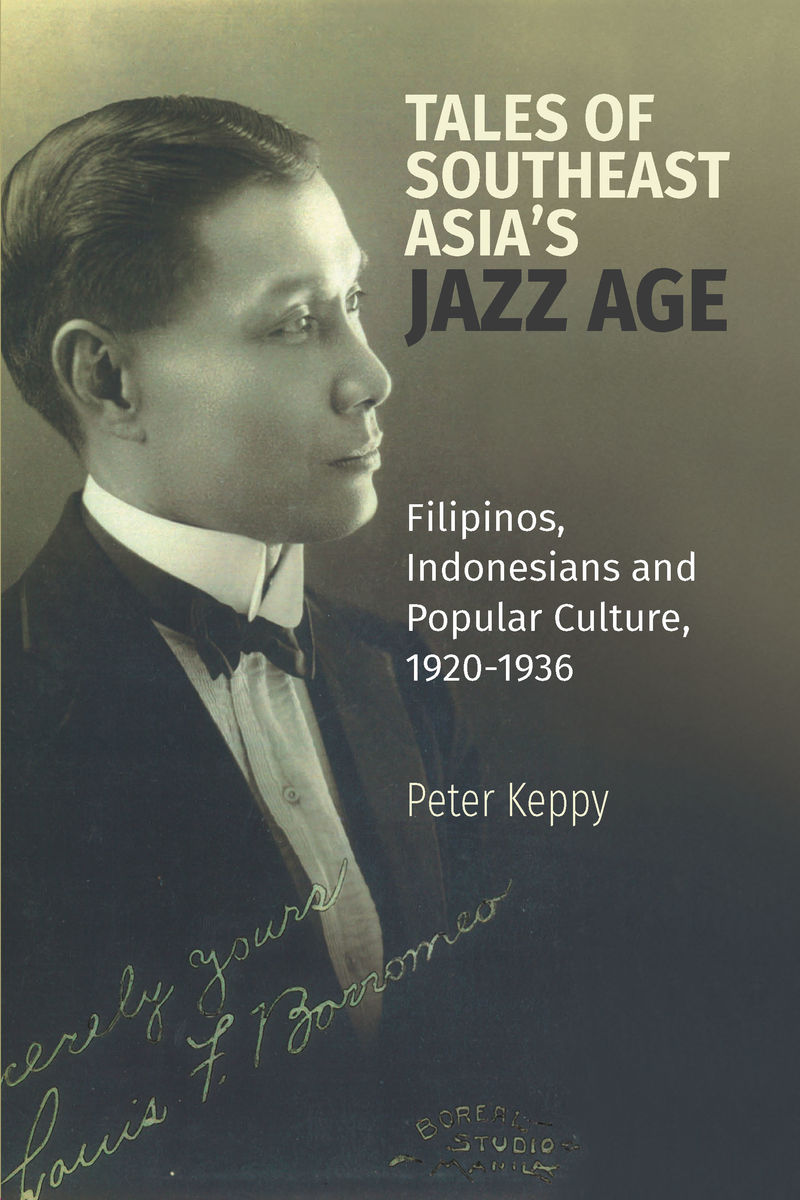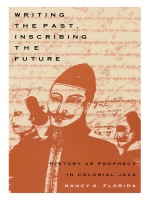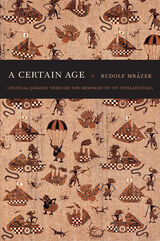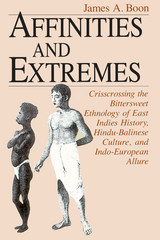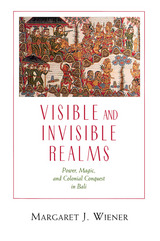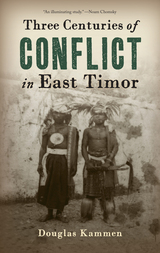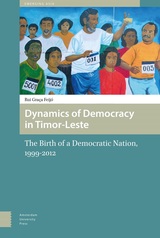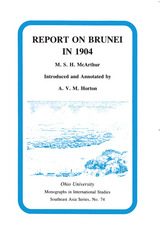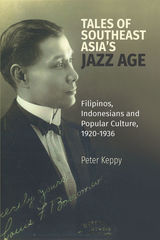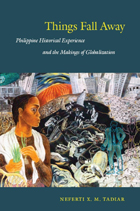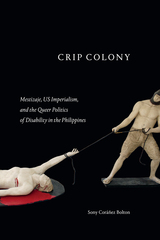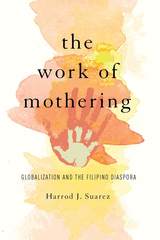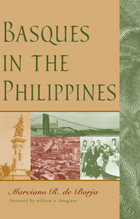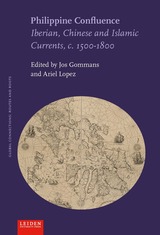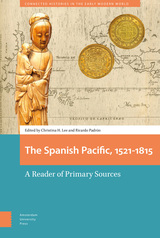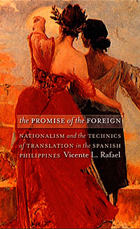Tales of Southeast Asia’s Jazz Age: Filipinos, Indonesians and Popular Culture, 1920-1936
National University of Singapore Press, 2019
Paper: 978-981-325-051-2 | eISBN: 978-981-325-096-3
Library of Congress Classification DS663.K39 2019
Dewey Decimal Classification 306.09599
Paper: 978-981-325-051-2 | eISBN: 978-981-325-096-3
Library of Congress Classification DS663.K39 2019
Dewey Decimal Classification 306.09599
ABOUT THIS BOOK | AUTHOR BIOGRAPHY | REVIEWS
ABOUT THIS BOOK
Luis Borromeo was the Philippines’s “King of Jazz,” who at the height of his popularity created a Filipino answer to the Ziegfeld Follies. Miss Riboet was a world-famous Javanese opera singer who ruled the theater world. While each represented a unique corner of the entertainment world, the rise and fall of these two superstar figures tell an important story of Southeast Asia’s 1920s Jazz Age.
This artistic era was marked by experimentation and adaption, and this was reflected in both Borromeo’s and Riboet’s styles. They were pioneering cultural brokers who dealt in hybrids. They were adept at combining high art and banal entertainment, tradition and modernity, and the foreign and the local.
Leaning on cultural studies and the work on cosmopolitanism and modernity by Henry Jenkins and Joel Kahn, Peter Keppy examines pop culture at this time as a contradictory social phenomenon. He challenges notions of Southeast Asia’s popular culture as lowbrow entertainment created by elites and commerce to manipulate the masses, arguing instead that audiences seized on this popular culture to channel emancipatory activities, to articulate social critique, and to propagate an inclusive nationalism without being radically anticolonial.
This artistic era was marked by experimentation and adaption, and this was reflected in both Borromeo’s and Riboet’s styles. They were pioneering cultural brokers who dealt in hybrids. They were adept at combining high art and banal entertainment, tradition and modernity, and the foreign and the local.
Leaning on cultural studies and the work on cosmopolitanism and modernity by Henry Jenkins and Joel Kahn, Peter Keppy examines pop culture at this time as a contradictory social phenomenon. He challenges notions of Southeast Asia’s popular culture as lowbrow entertainment created by elites and commerce to manipulate the masses, arguing instead that audiences seized on this popular culture to channel emancipatory activities, to articulate social critique, and to propagate an inclusive nationalism without being radically anticolonial.
See other books on: Asian Studies | Indonesia | Jazz | Philippines | Tales
See other titles from National University of Singapore Press
